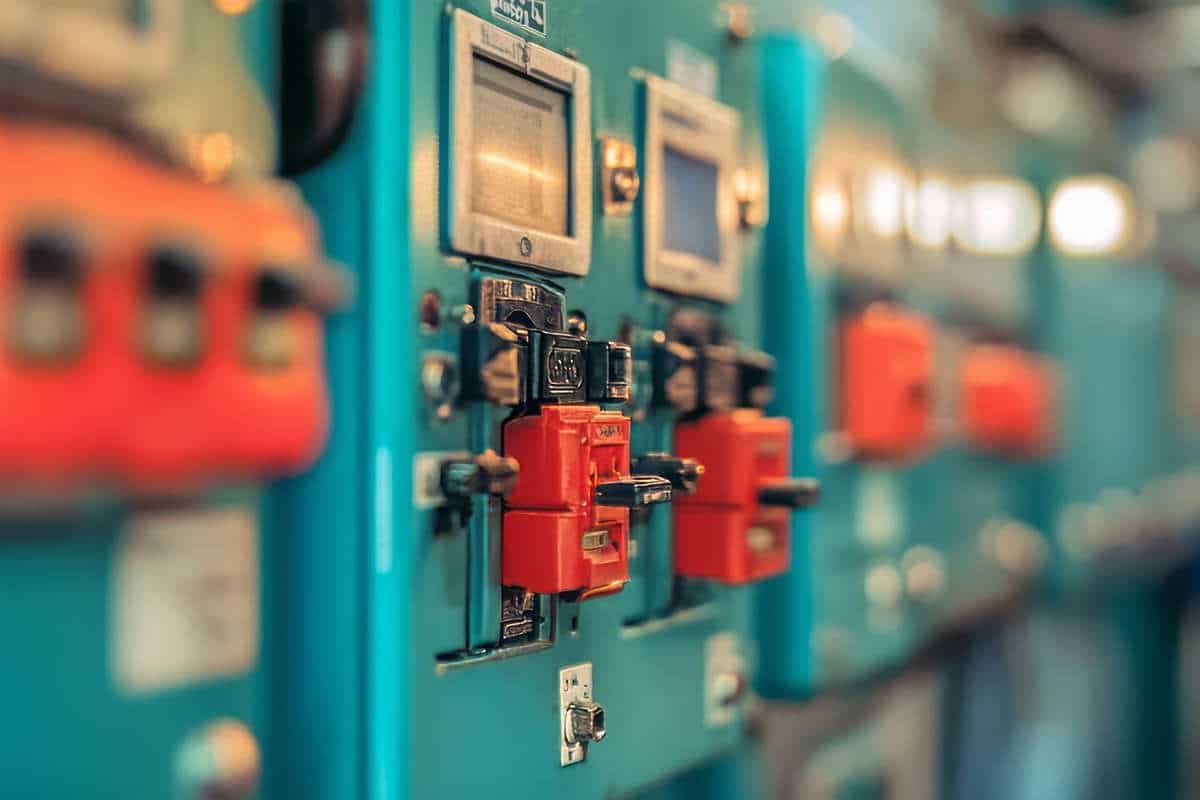Map Quest

Electromagnetic-based locating systems (EM) and ground penetrating radar (GPR) are two technologies that allow utility contractors to identify and record underground “facilities” using evasive methods. The first step before any digging project is to contact your state’s One-Call office and provide it with the location of the proposed area to be excavated. A One-Call contractor will visit the site and often mark the location of the existing utilities using these locating technologies. The locators come in all shapes and designs (pull or push carts, hand-held units and even big models that can be strapped to a mower, utility vehicle or truck).
While most contractors rely on these One-Call services to find and mark utilities, it never hurts to have your own utility locating equipment, confirming the marks on the ground are actually underground facilities and discovering if any utilities have been missed. Choosing between these different systems and technologies will depend on many things, but most importantly ground conditions and the type of utility.

The choice between GPR- and EM-based locating systems will largely have to do with soil conditions, cost and the construction material of the utility. The bigger market today is for EM technology, which boasts it can detect any continuous metal utility, including: iron, steel and copper water lines; gas lines; tracer wire by plastic pipe; telephone and TV cables; copper and aluminum wire; and power lines whether energized or not. EM is also much cheaper, noting that it only works mostly on metal-constructed utilities.
A unit’s transmitter emits electromagnetic waves, which creates a magnetic field. If a metal pipe or a cable is laid within the magnetic field, induced current (signal current) is produced and flows through the underground metal pipe or cable according to the principle of electromagnetic induction. Then, a receiver picks up the magnetic field generated by the subsurface metal pipe or cable. The location and depth of the subsurface pipe or cable is located by the angle of the magnetic force concentrically generated by the metal pipe and the strength of the magnetic field. Buyers will have the choice of using single- or multi-frequency antennas to accomplish this.
Lines and pipes are constructed of different materials (copper, aluminum, iron, steel, plastic, etc.), so a higher or lower frequency may do the best job of locating them. Multi-frequency systems (some offer up to five frequencies or antennas) allow you to tune the frequency you are putting into the ground to the type of line or pipe you are trying to locate. The lower the frequency, the better it will stay on the line you are trying to locate, thus making the job of distinguishing a gas from a water line easier. Single-frequency locators start around $900, and multi-frequency units can cost up to $5,500.
Ground Conditions and GPR Location
Ground conditions will always affect the locator signal. It’s a big reason why buyers use multi-frequency locators. The best soil conditions for EM locators are moist clay soil, and the worst soil conditions for EM locators are dry sand or rocky soil. That’s almost the exact opposite for GPR locators, which work best in dry sand and alluvial gravel.
GPR is a pulse radar system, emitting a totally different frequency than EM units. It puts a wave pulse into the ground and receives reflected energy back. Whereas electromagnetic technology basically induces a signal on a utility and gets a secondary electromagnetic field back, GPR actually reflects energy off a utility, which is why GPR locators can detect plastic and non-conductive material. That’s one of the key differences between the technologies.
GPR isn’t used to find buried electrical or metal gas lines; that’s EM locator work. GPR is used to find what EM locators can’t — like a plastic water line in sandy soil conditions with no tracer on it. GPR can also blindly scan a whole area much better than the EM locator and has no need to know where a particular utility is because it’s not inducing a signal. You just scan and get reflective energy off facilities. So a lot of times people will scan with GPR on large projects, and then take an EM locator and put the induction source over specific utility targets. Many GPR operators understand that GPR is most effective when used as part of a holistic approach to a particular project. GPR locators come with multiple antennas just like EM locators, but they also cost about twice as much (starting around $10,000).
Keith Gribbins is Managing Editor of Utility Contractor.




